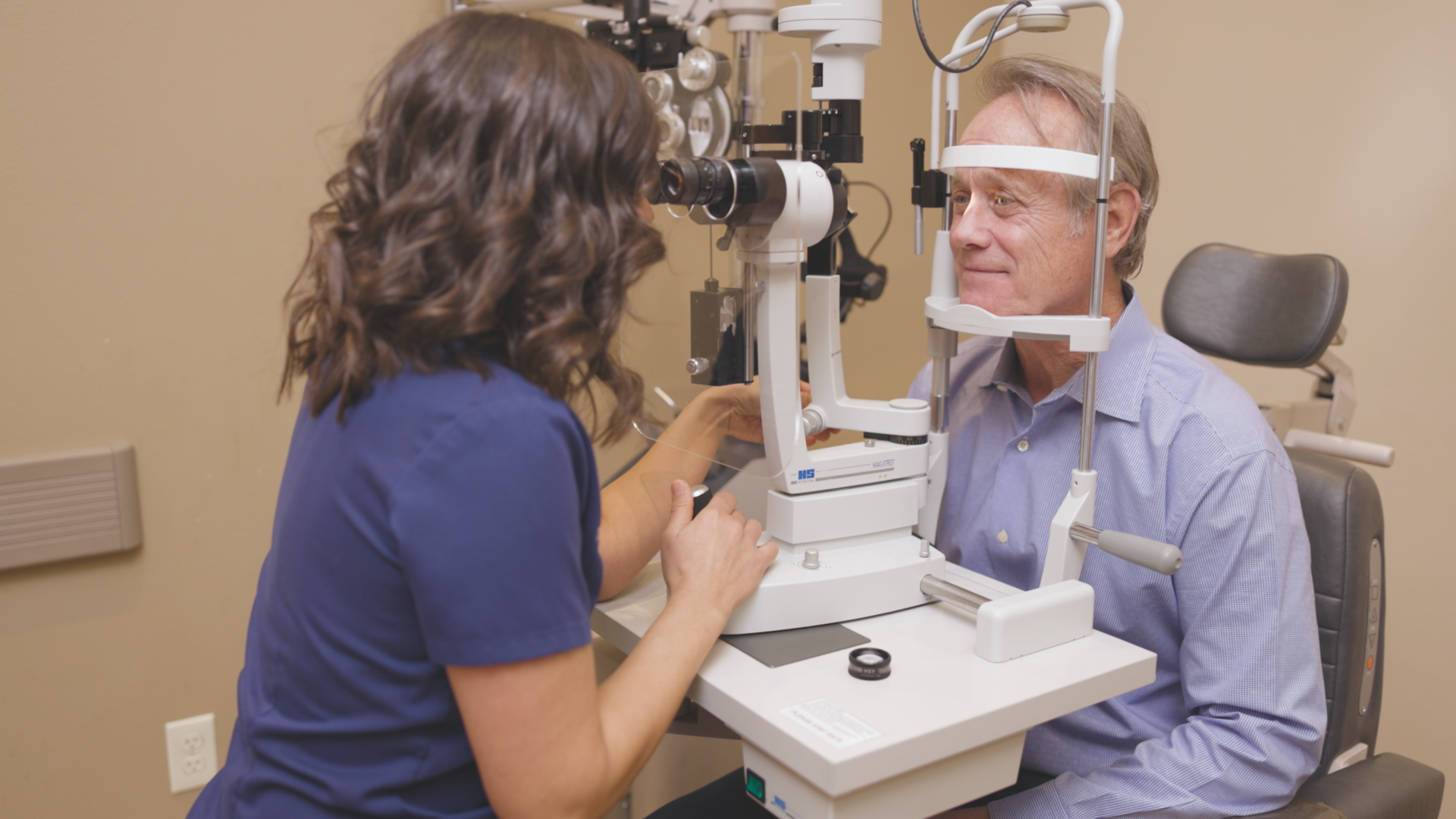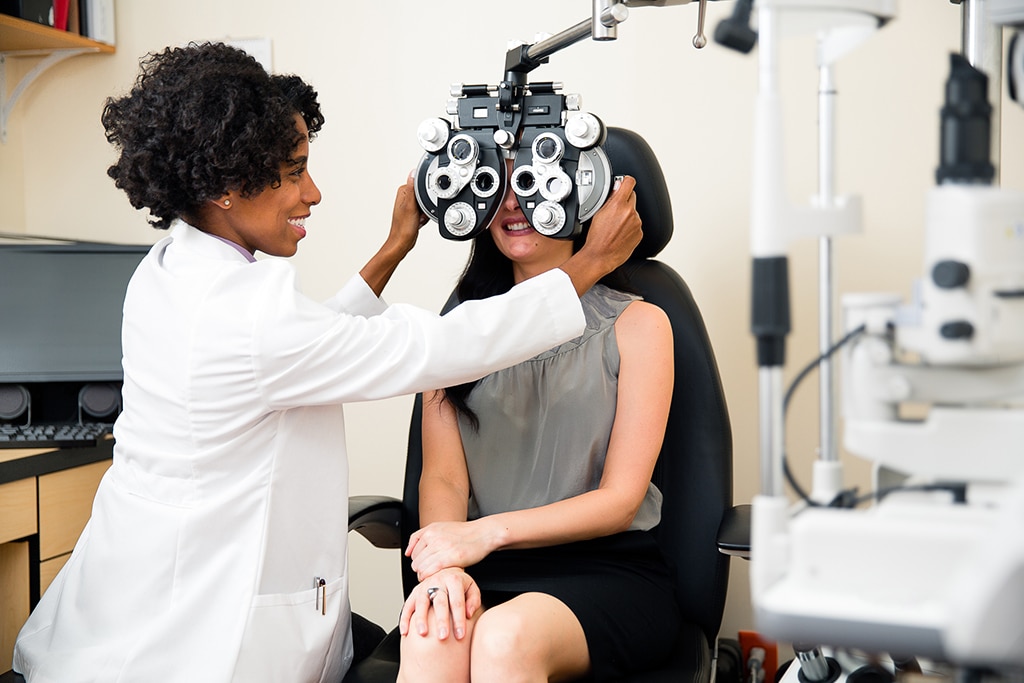The Significance of Regular Check-Ups with an Eye Doctor Optometrist
The Significance of Regular Check-Ups with an Eye Doctor Optometrist
Blog Article
Exploring the current Technological Developments in Optometry and What They Mean for Eye Doctors
In the ever-evolving field of optometry, recent technical innovations are improving just how experts approach eye treatment. From the precision of Optical Coherence Tomography to the nuanced understandings provided by AI-driven analysis devices, these technologies are setting new standards in patient analysis and therapy. Teleoptometry is poised to redefine access, making sure that knowledge goes beyond geographical constraints. As these improvements permeate the technique, eye doctors are confronted with the obstacle of embracing these devices to enhance patient outcomes. Yet, the question stays: how will these technical changes redefine the duties and duties within the occupation?
Advancements in Diagnostic Tools
Progressing the field of optometry, advancements in diagnostic tools have reinvented the way eye care specialists assess and identify ocular conditions and visual impairments. The past years has seen substantial technological advancements, enabling more exact and extensive evaluations.
One more secret innovation is the intro of sophisticated corneal topography systems, which map the surface curvature of the cornea with precision. These devices are especially valuable for fitting call lenses and detecting corneal problems. Moreover, digital retinal imaging has changed traditional ophthalmoscopy, supplying in-depth, panoramic sights of the retina that facilitate comprehensive aesthetic examinations.
The growth of wavefront aberrometry has also been important, allowing the analysis of refractive mistakes with unequaled precision (Opticore Optometry). This technology aids in customizing restorative lenses and improving medical results for refractive surgeries. Jointly, these analysis developments encourage optometrists to supply premium individual care, guaranteeing early intervention and customized therapy techniques, inevitably enhancing visual wellness results
AI in Patient Monitoring
Structure on the structure of cutting-edge diagnostic devices, the incorporation of fabricated knowledge (AI) in patient administration represents a transformative leap for optometry. AI systems are significantly employed to improve efficiency, precision, and personalization in individual care.
Furthermore, AI-driven systems help with structured patient communications and management processes. Automated scheduling, digital assessments, and customized follow-up plans not only boost patient complete satisfaction however likewise enhance time monitoring for practitioners. These systems can triage patients based on the urgency of their conditions, making sure that those in vital need receive punctual attention.
Furthermore, AI enhances decision-making by providing eye doctors with evidence-based recommendations and therapy paths. By integrating data from electronic health records, AI devices provide insights that notify clinical decisions, reducing the danger of errors and enhancing patient results. As AI remains to develop, its duty in patient monitoring will likely broaden, reshaping the landscape of optometric care.
Advancements in Retinal Imaging
In the realm of optometry, retinal imaging has actually witnessed amazing technological advancements that are enhancing analysis capacities and individual care. Innovations such as Optical Comprehensibility Tomography (OCT) and fundus digital photography have actually revolutionized how optometrists picture and evaluate the retina. OCT, specifically, offers high-resolution, cross-sectional images of the retina, enabling the thorough evaluation of its layers. This capability is invaluable for early detection and management of problems like glaucoma, diabetic retinopathy, and age-related macular deterioration.
Enhanced imaging modalities like OCT angiography are additional refining analysis precision. This non-invasive strategy maps blood flow in the retina, providing essential understandings right into vascular health without the demand for color shots. Furthermore, adaptive optics technology is being incorporated right into retinal imaging systems to correct eye aberrations, supplying extraordinary picture quality. Such advancements help with the recognition of minute retinal changes that could symbolize illness progression.
Additionally, innovations in artificial knowledge are augmenting retinal imaging by making it possible for automatic evaluation of big datasets. These systems help optometrists in recognizing patterns a measure of pathology, thereby boosting analysis precision and effectiveness. Jointly, these innovations are transforming retinal imaging right into a cornerstone of contemporary eye care, boosting results and broadening page therapeutic opportunities.
Teleoptometry's Growing Duty
Teleoptometry is visit this site right here progressively coming to be a vital element of eye treatment, driven by improvements in electronic communication and diagnostic devices. This is especially advantageous in underserved and rural locations where access to specialized eye treatment is often limited.
The combination of synthetic intelligence (AI) more improves teleoptometry, enabling the analysis of aesthetic information and aiding in the discovery of eye problems such as glaucoma and diabetic retinopathy. AI-powered algorithms can swiftly translate complicated imaging information, supplying optometrists with important understandings that strengthen professional decision-making.
Moreover, teleoptometry supports continuity of care via smooth combination with digital health and wellness records (EHRs), permitting optometrists to preserve thorough client histories. When consulting with different practitioners., this makes certain that people receive personalized and consistent treatment even.
In spite of these benefits, obstacles remain, consisting of ensuring data protection and handling individual expectations. However, teleoptometry represents a considerable stride towards more easily accessible, effective, and patient-centered eye treatment. As innovation advances, its duty is poised to increase even more.

Future Trends in Eye Treatment
A myriad of cutting-edge patterns is established to improve the future of eye care, driven by technological innovations and the developing demands of patients. One substantial fad is the combination of expert system (AI) in diagnostics, which promises to improve the precision and efficiency of eye examinations. AI algorithms can evaluate vast amounts of information from retinal photos, possibly discovering conditions like diabetic person retinopathy and glaucoma earlier than traditional approaches.
In addition, customized medicine is gaining traction in optometry, with genetic testing notifying customized therapy plans. This strategy intends to optimize why not check here person outcomes by tailoring interventions to private hereditary profiles. Wearable modern technology, such as wise call lenses, is likewise imminent, providing real-time tracking of intraocular stress or glucose degrees, thus supplying continual understandings into systemic and ocular wellness.
The fostering of enhanced truth (AR) and virtual fact (VIRTUAL REALITY) in training and individual education is an additional emerging trend. These innovations offer immersive experiences that can improve understanding and abilities both for clients and optometrists. As these patterns develop, eye doctors must remain abreast of technical developments to give cutting-edge care, guaranteeing improved person outcomes and contentment in the dynamic landscape of eye treatment.
Verdict

Collectively, these analysis developments empower optometrists to deliver remarkable individual treatment, making certain early treatment and customized treatment techniques, eventually enhancing aesthetic health and wellness outcomes.

As these modern technologies proceed to develop, optometrists need to adapt and include them right into practice, inevitably maximizing operations effectiveness and raising the standard of eye care provided to individuals.
Report this page